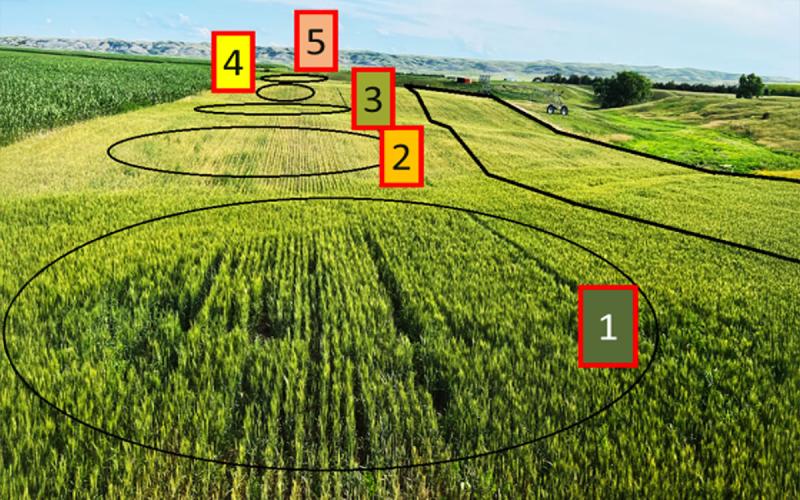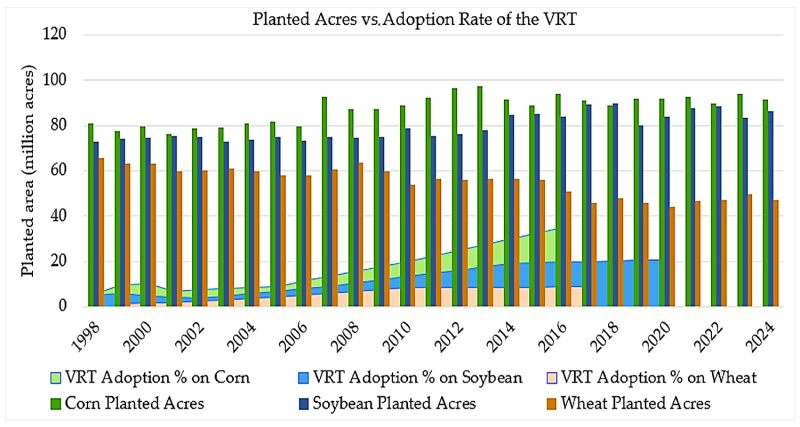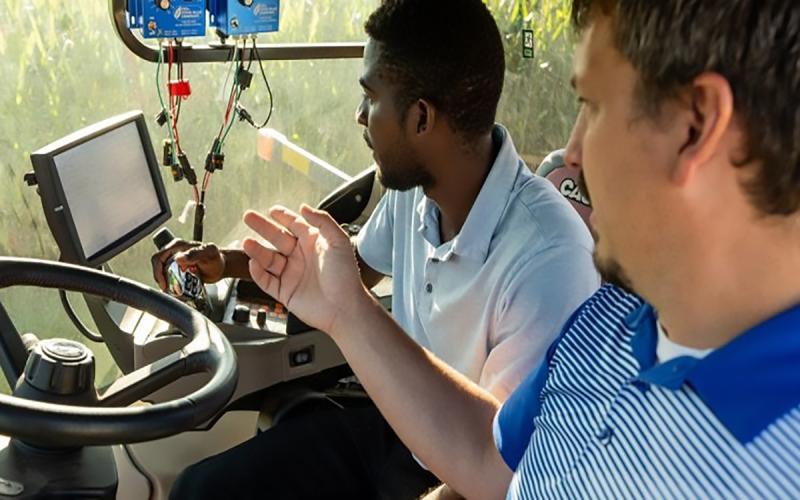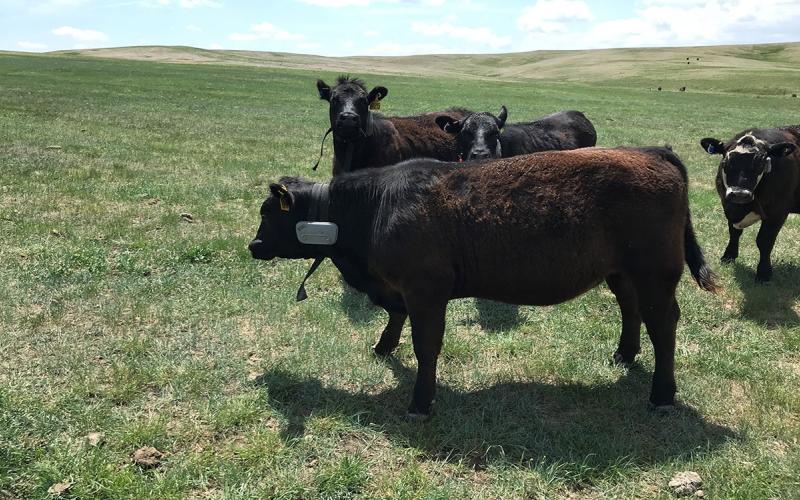Field variations, including soil properties, nutrient content, moisture levels, and other environmental factors, can significantly impact crop yield and farm profits (Figure.1). By understanding the specific needs of different areas within a field, farmers can apply fertilizers, seeds, and other inputs more effectively.

Variable Rate Technologies (VRT) and a data-driven approach address field variabilities by optimizing and varying rates across different areas of a field to target the specific needs of each zone and maximizing crop yield potential.
U.S. farmers manage hundreds of millions of crop acres, yet the adoption of precision tools, such as Variable Rate Technologies (VRT), still needs to be significantly improved. VRT can reduce waste, increase yields, and protect the environment. VRT adoption challenges, including high equipment costs and knowledge gaps, hinder farmers from adopting these technologies. Nonetheless, VRT adoption has grown steadily in corn, soybean, and wheat production. While larger farms can invest more in VRT due to their scale advantages, small farms face barriers such as high costs, complexity, and a lack of training. The chart below shows that the VRT adoption on corn acres is higher than soybean and wheat (Figure 2).

The reason?
Larger farms can reap the financial benefits and spread the technology investment across multiple acres. Smaller farms, on the other hand, face higher costs per acre and often lack access to data expertise or technical support. Let us compare two farmers. One manages 8,000 acres, the other 800. A $120,000 VRT upgrade might cost $15 per acre for the large farm but $150 per acre for the small one. Without cost-sharing, smaller farms cannot justify it, even if long-term savings are clear.
Support programs and Extension are helping bridge the gap, making technology more accessible to address this disparity as a key opportunity. Increasing VRT access and support for small- to mid-size farms can drive both productivity and sustainability.
SDSU precision Ag extension program, custom application services, and tech-sharing co-ops are expanding access. With guidance and support, smaller farms can reduce nitrogen waste, achieve higher yields, and enhance sustainability.
The takeaway?
Precision technologies are powerful and need to reach everyone. Widening access means more resilient farming across the board.
Reference
- Abdalla, A., & Mirzakhani Nafchi, A. (2024). Development and Evaluation of an Affordable Variable Rate Applicator Controller for Precision Agriculture. AgriEngineering, 6(4), 4639-4657.


